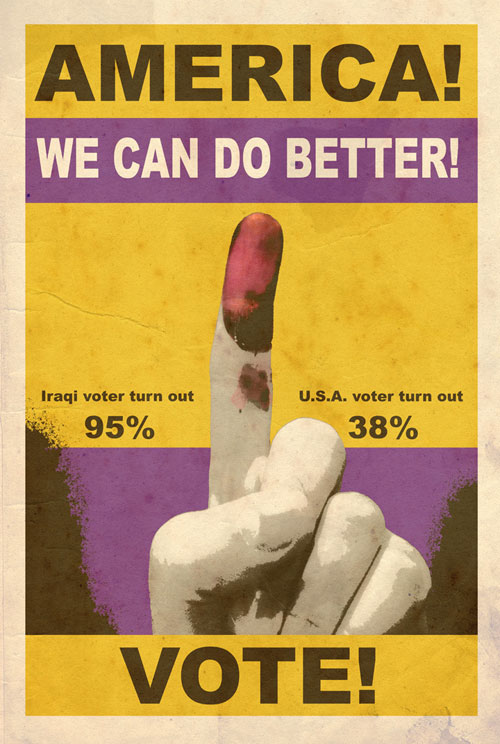(Jerome R. Corsi) The real U.S.unemployment rate may be 22.1 percent for February, not the 8.9 percent reported by the government, according to economist John Williams, author of the “Shadow Government Statistics” website,who has argued for years that the federal government manipulates the reporting of economic data for political purposes.
The government announced todayt he unemployment rate was reported to have fallen 0.1 percent to 8.9 percent in February, although that is the “seasonally adjusted number.”
According to Bureau of Labor Statistics Table A15, the “not seasonally adjusted”unemployment number for February was 9.5 percent.
Separately, Gallup disagreed with the BLS, reporting earlier this week that unemployment had risen to 10 percent in mid-February, as seen in the following chart:

But Williams recreates an SGS (Shadow Government Statistics) alternative unemployment rate reflecting methodology that includes “long-term discouraged workers” that the Bureau of Labor Statistics in 1994 under the Clinton administration redefined away from those considered “unemployed.”
The BLS no longer considers as “unemployed” those workers without jobs who had not looked for work in the past year because they felt no jobs were available.
Williams demonstrated that it takes an expert to truly decipher BLS unemployment statistics.
For instance, in a Table A-15, titled “Alternative measures of labor underutilization,” the BLS reports what is known as “U6unemployment.”
U6unemploymentincludes those marginally attached to the labor force and the “underemployed,” such as those who have accepted part-time jobs when they are really looking for full-time employment.
While the BLS was reporting unemployment in February 2011 was only 8.9 percent, the BLS also was reporting U6unemploymentin February 2011 at 16.7 percent.
The only measure BLS reports to the public as the official monthly unemployment rate is the seasonally adjusted U3 number.
Williams calculates his “Official SGS Alternative Unemployment Rate” by adding back in the BLS U6 numbers that include those long-term discouraged workers who have not looked for work in the past year.
Williams insists his Official SGS Alternative Unemployment measure is the most accurate estimate of true unemployment in that a reliable measure of long-term discouraged workers should be included in the statistical analysis.
A more complete unemployment table that includes both seasonally adjusted and not seasonally adjusted unemployment percentages for U3unemployment, as well as the same for U6unemployment, followed by the John Williams Official SGS Alternative Unemployment rate:

Increasingly, critics like Williams feel the seasonally adjusted U3 numbers reported by the BLS as the official monthly unemployment rate do not give a reliable picture of the true magnitude of unemployment in the United States.
The monthly unemployment rate report turned out by the BLS defines unemployment as those currently without a job who have actively looked for work in the prior 4 weeks, and are currently available for work.
This definition excludes from the definition of unemployed those who have grown so discouraged that they are only marginally looking for work, as well as those who are considered underemployed because they have been forced to accept part-time or lower paying full-time employment because no other jobs are available.
To get an estimate of these other categories of unemployed, we have to turn not to the BLS monthly unemployment rate press releases, but toa less well-known table produced by the BLS, Table A-15, “Alternative measures of labor utilization.”
The relevant A-15 BLS table for February 2011:

This reveals unemployment for February 2011 not at 8.9 percent, but as 9.5 percent, comparing the seasonally adjusted U3, the unemployment percentage the BLS reports to the public, with the not seasonally adjusted U3, the unemployment percentage the BLS reports only in detailed tables such as this one.
Looking at the not seasonally adjusted U6 data, the unemployment rate jumps to 16.7 percent for February 2011, not the 8.9 percent seasonally adjusted unemployment rate reported in the monthly BLS unemployment rate press release.
Economist Jim Fitzgibbon, the head of the Highlander Fund, calls the BLS monthly unemployment rate report “worthless,”noting “the entire report is seasonally adjusted to be positive, while the non-adjusted data is just awful.”
So, where the seasonally adjusted U3unemploymentrate dropped from 9.4 percent in December 2010 to 8.9 in February 2011, the non-adjusted U3unemploymentrate is moving in the opposite direction, from 9.1 percent in December 2010 to 9.5 percent in February 2011.




















No comments:
Post a Comment